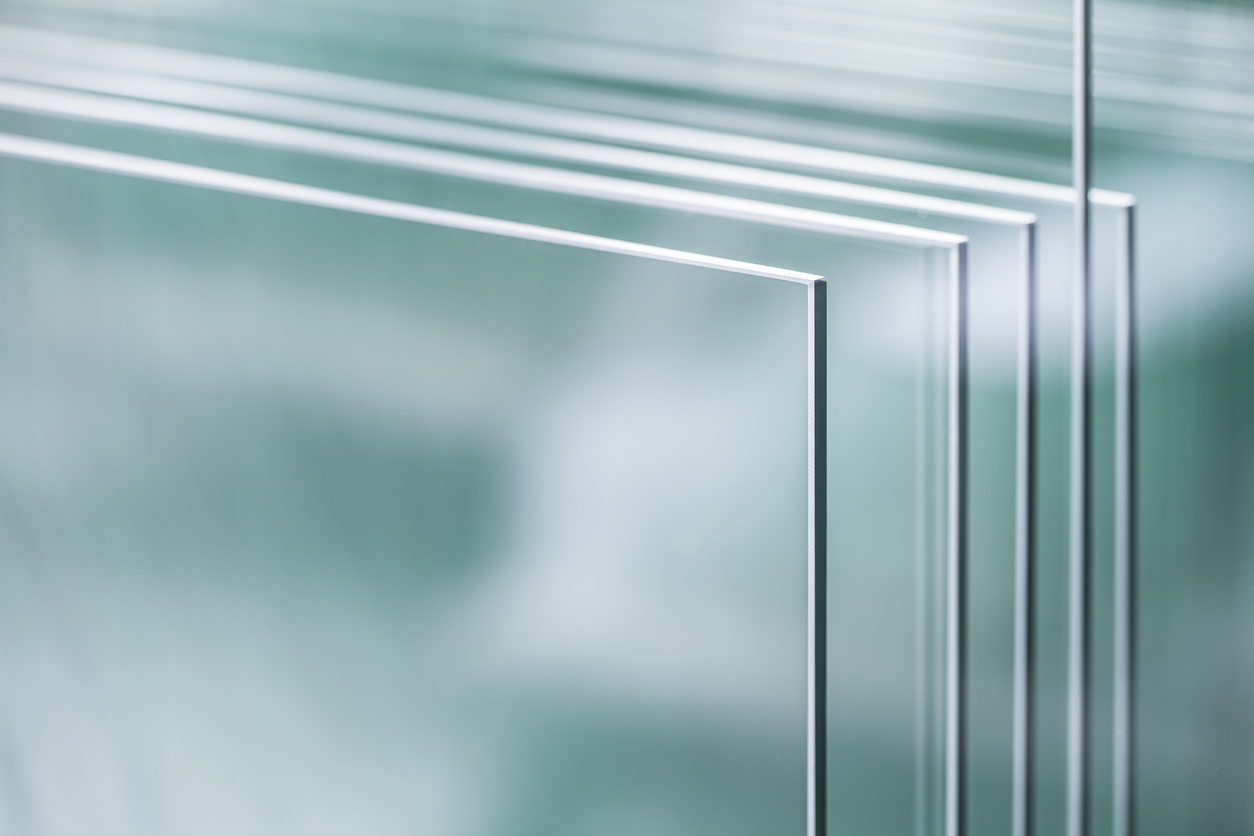

The Rise of Low-E Glass Manufacturers A Sustainable Choice for Modern Architecture
In recent years, the emphasis on energy efficiency and sustainability has become increasingly crucial in the construction and architecture sectors. As a result, low-emissivity (low-E) glass has emerged as a significant innovation, providing homeowners and businesses with a way to reduce energy consumption while enhancing comfort and aesthetics. This article delves into the growing industry of low-E glass manufacturers and the implications for modern architecture.
Understanding Low-E Glass
Low-E glass is a type of insulating glass that has been treated with a microscopically thin, transparent coating that reflects heat while allowing natural light to enter. This technology plays a pivotal role in energy conservation; it minimizes the amount of heat that escapes in winter and reduces the amount of heat that enters during summer, leading to more stable indoor temperatures. The benefits of using low-E glass include reduced energy costs, increased comfort, and a smaller carbon footprint.
The Market Drivers for Low-E Glass
Several factors contribute to the rising demand for low-E glass
. The most prominent include1. Government Regulations Many countries have implemented stringent energy codes aimed at reducing greenhouse gas emissions. These regulations encourage the use of energy-efficient materials in construction, significantly boosting the demand for low-E glass.
2. Sustainability Awareness With a growing understanding of climate change, consumers are increasingly seeking sustainable building solutions. Low-E glass aligns with this trend, providing an energy-efficient option that supports environmentally friendly construction practices.
3. Technological Advancements Continuous advancements in glass-making technologies have improved the performance and affordability of low-E glass. Innovations in coating methods and glass fabrication have enabled manufacturers to produce low-E glass on a larger scale, making it more accessible to architects and builders.
4. Aesthetic Appeal Beyond energy efficiency, low-E glass offers modern architectural designs a sleek and contemporary look. Its clarity and ability to minimize glare while maximizing natural light make it a popular choice among designers.

Leading Low-E Glass Manufacturers
The market for low-E glass is becoming increasingly competitive, with several manufacturers leading the charge in innovation and sustainability
1. Guardian Glass A global player in the glass industry, Guardian Glass has established a reputation for producing high-quality low-E glass products. The company focuses on sustainability and energy efficiency, offering a range of coatings that cater to different architectural needs.
2. Saint-Gobain One of the oldest and largest glass manufacturers in the world, Saint-Gobain has integrated low-E glass technology into its product line. The company emphasizes its commitment to sustainability and innovation, producing glass solutions that meet the diverse demands of modern construction.
3. Cardinal Glass Industries Specializing in glass fabrication, Cardinal Glass Industries has made significant strides in low-E glass technology. With a focus on energy-saving products, the company provides a wide variety of low-E glass options for residential and commercial projects.
4. Pilkington A part of the NSG Group, Pilkington is known for its extensive range of glass products, including advanced low-E options. The company has invested heavily in research and development to enhance the performance and efficiency of its glass products.
Future Outlook
As the global emphasis on sustainability continues to grow, the demand for low-E glass is expected to rise. With increasing awareness of energy efficiency and the role of buildings in climate change, manufacturers will likely continue to innovate and improve their offerings. This evolution could lead to even more efficient low-E coatings, as well as expanded applications in various architectural designs.
In conclusion, low-E glass manufacturers are at the forefront of a sustainable architecture revolution. Their products not only enhance the energy efficiency of buildings but also support modern, aesthetic design choices. As the industry evolves and continues to innovate, low-E glass will play an increasingly vital role in creating a more sustainable built environment.